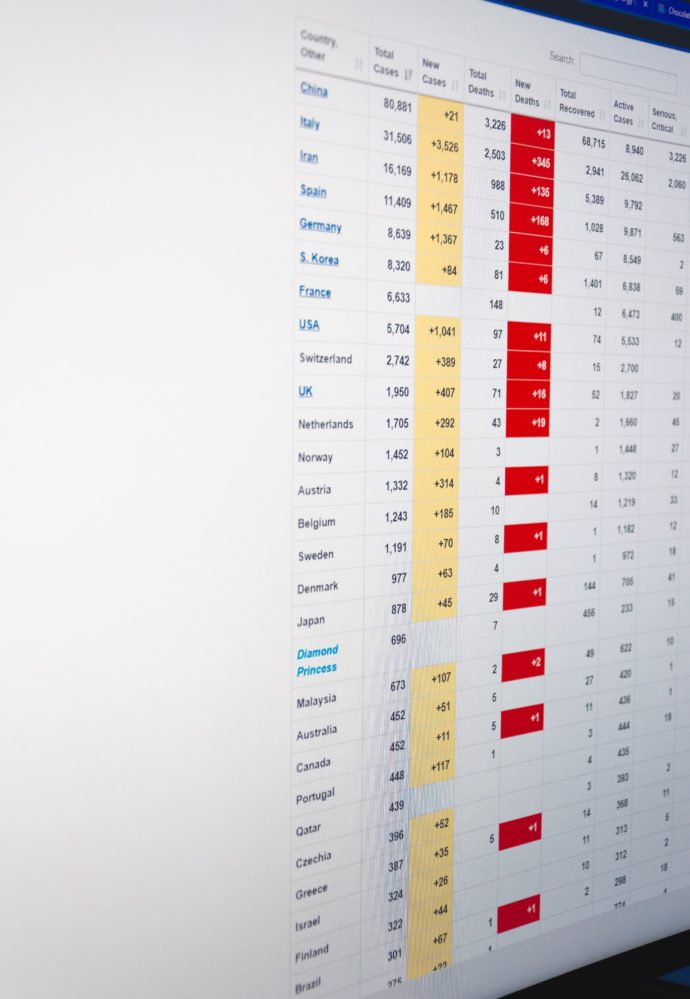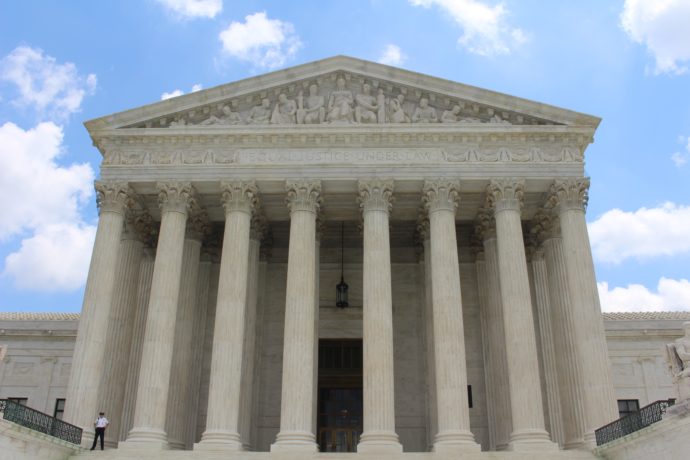Monday Musings
Here’s a musing for you. The FEHBlog expects that everyone is familiar with the spiritual titled “Sometimes I feel like a motherless child.” Well after reviewing lots of news, the FEHBlog to paraphrase this spiritual sometimes feels like the only person in America who believes that the U.S. healthcare system can pull us through this pandemic.
The House and Senate announced today that each body of Congress will be returning to Capitol Hill next Monday May 4. Welcome back.
In a decision sure to delight health insurers that took the initial plunge with the ACA marketplaces back in 2014, the U.S. Supreme Court ruled today in a virtually unanimous opinion that the U.S. owes many of those insurers a total of roughly $12.3 billion for unappropriated yet mandated risk corridor payments. The only dissenter was Justice Alito who agreed that the government owed the money but questioned whether there was a private right of action under the ACA to sue the government for the money. It’s not a crazy thought because the government is generally protected against lawsuits by a doctrine known as sovereign immunity.
The FEHBlog thought that this would be a good opportunity to update readers on the major commercial COVID-19 testing sites:
- CVS Health (as previously noted in the FEHBlog CVS added a new site in Dearborn Michigan)
- Walgreen’s (also expanding)
- Verily Health / Rite Aid which now seems to be expanding rapidly
Castlight offers a COVID 19 testing directory which organizations can link to their own websites.
Verily Health, which is an affiliate of Alphabet/Google, has “launched COVID-19 Pathfinder— a new set of tools that provide on-demand access to COVID-19 information directly from a hospital or health system website.” Cool.
In a bit of good news for HHS, Fierce Healthcare reports that the EPIC, the electronic health record (“EHR”) giant, has switched from “fiercely” opposing to supporting the HHS EHR interoperability rules. “Epic controls more than a quarter of the hospital EHR market, according to KLAS Research, and, among hospitals with 500 or more beds, Epic has a 58% market share.”






